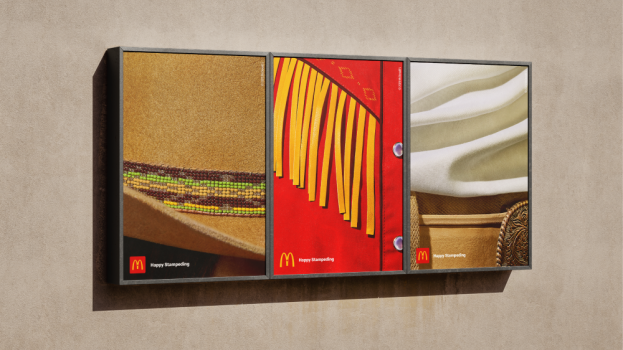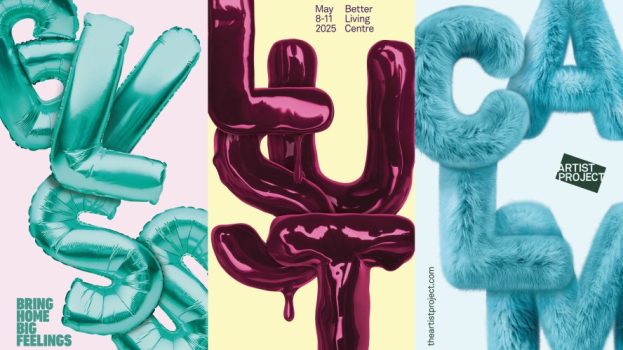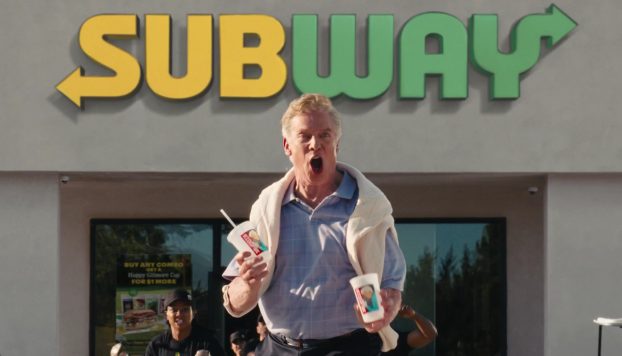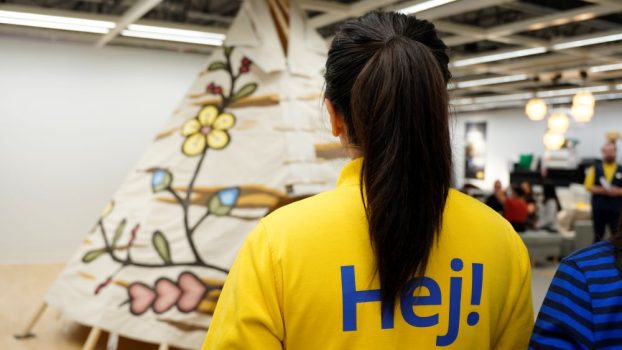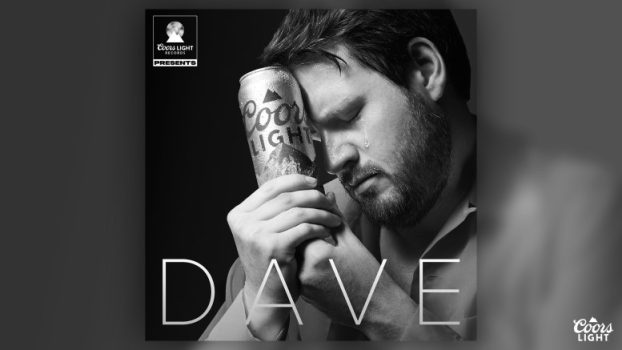If you’re still only thinking about how to engage youth through mobile, you’d better BTOBS (be there or be square), because your competition probably is.
According to pundits, the wireless medium has arrived. In fact, many marketers are starting to treat shortcodes like they did URLs a few years ago; they are increasingly being slapped onto traditional ad messages to get consumers texting.
And that they are. According to the Canadian Wireless Telecommunications Association, Canadians sent more than 710 million person-to-person SMS messages from their mobiles in 2004, up from 352 million the previous year.
Says Michael Carter, president of Toronto-based mobile media firm MyThum Interactive: ‘In the last three to six months, there’s been tremendous take-up by brands and media companies. There’s not a lot of waiting left to be done.’
While last year, brands may have been inclined to test the medium out with one-off programs, Carter is now being asked to help integrate the tiny screen into broader communications strategies. He says there are two main reasons marketers are interested: interactivity and targetability. As an added bonus, SMS is permission-based, so there’s less chance of PO’ing consumers.
‘It’s not a matter of ‘Let’s blast out to the mass audience and keep fingers crossed that people respond,” says Carter, who charges anywhere between $5,000 and $15,000 for a simple six-week program (unless costs are passed on to consumers, in which case upfront fees are eliminated or reduced). ‘You can build relationships through a mobile phone and create relevant and targeted campaigns.’
Among the most promising applications, he adds, is m-couponing. In fact, for the past year, MyThum has helped Shoppers Drug Mart send regular deals to Optimum customers who have signed up for communication via wireless. ‘We’ll send the message out during rush hour…. Shoppers has seen a direct impact on sales after those promotions are sent out.’
The agency is hoping to improve on these capabilities now that it has partnered with Givex Corporation, a card management company with offices in Toronto that specializes in transaction processing. As a result, redeemable mobile coupons can
be fully integrated into purchase systems, making them both trackable and measurable.
Carter isn’t the only one touting the future of m-couponing. According to Nathan Rosenberg, main marketing man at Toronto-based Virgin Mobile, the company will be introducing ‘Virgin Flash’ in Canada, as it has in other markets. The idea is to turn the Virgin cellphone into a virtual discount card giving kids access to things they’re itching to get their hands on.
Company research, which consisted of chatting with groups of youth over dinner, indicated ‘it’s about discounts and entry into places [like concerts] they wouldn’t normally be able to get into,’ says Rosenberg. ‘There
are about seven companies that we’re working on offerings
with [currently].’
There are also interesting prospects opening up at MuchMusic. Roma Khanna, SVP content at Chum Television, says the broadcaster has already launched content for mobile video, available on Rogers and Telus networks, and soon to be on Bell. Viewers can download a two-minute episode of Much on Demand for $2, specifically cut for the mobile screen. Other programs like Ed the Sock, Speaker’s Corner, and Star TV are also being made available. While no brands are on board yet, Khanna says: ‘We’re experimenting with partners to find out what will work – whether it’s billboards at the front, middle or back end, or a five-second ad.’
CHUM isn’t the only media company that believes in ‘mobisodes.’ By summer, subscribers to Rogers Wireless will have access to real-time TV programming, such as highlight clips of the Toronto Blue Jays. At press time, the firm was in talks with stations like CP24, Discovery, TLC and The Weather Network to provide additional content. Developed in partnership with Berkeley, Calif.-based wireless TV network MobiTV, the service will cost $9 per month (during the promotional period), plus additional transport costs of $10 to $15. And south of the border, Fox Broadcasting has announced it will roll out one-minute mobile episodes of its hit TV show 24, on Europe’s Vodafone network.
But, while video phones have yet to achieve mass usage, a more popular ad opportunity right now is ringtone and game
sponsorship, says Khanna. Apparently, www.muchmusic.com has sold 1.5 million pieces of content, and advertisers are starting to respond. In fact, a recent partnership with TAG, the new men’s body spray from Gillette, will allow consumers to download one of 5,000 TAG branded ringtones starting this month. The cost to the consumer is generally $2 per ringtone, but in this case, Gillette covers the bill (the company gets a discount for purchasing in bulk).
Games, meanwhile, are an effective way to keep the consumer engaged, says Stan Davidson, Toronto-based president of Magnet Mobile Media, which is HQ’ed in Charlottetown and has produced wireless trivia initiatives for Cineplex Odeon in the past. The benefit, he says, is that they fuel competition: Participants are sent regular updates of the standings and that triggers a response. Magnet is now developing Java and PC games for use as sponsored content.
Similarly, MyThum has been working with Dose, CanWest’s new free daily tab geared at 18 to 34s, to enable readers to purchase mobile content with a simple text message. For example, while digesting a music review, they can text a short code to download the artist’s latest ringtone. And the pub has a variety of SMS offers including movie listings on demand and subscription horoscopes. Mike Brown, director of marketing and business development at MyThum, says Dose’s wireless entry is starting to attract advertisers.
Bell Mobility is also getting into wireless content. Along with recently announcing its MobiTV, which will be available at the beginning of May offering news clips, weather updates and videostreaming, the carrier recently launched callerringtunes.ca. Says Ken Truffen, director of wireless data marketing at Bell’s Toronto offices: ‘It allows you to customize what people hear when they call you. We’re starting to engage our customers to use this as an ad medium.’
Meanwhile, Libby Biason, director, corporate partnerships at concert producer House of Blues, says her audiences will soon be able to download a band’s shout-out (‘hello Vancouver!’) as a ringtone. Moreover, she’s created a property for brands to hook up with emerging talent through SMS, on the Web, and other avenues. But so far no takers.
In fact, she’s finding some marketers still reticent to participate in simple shortcode campaigns. Not Panasonic, though, which will be presenting the chance to win prizes at shows this summer when audience members plug a particular shortcode into their cells. Adds Biason: ‘If you’re at a sold-out show, you have 17,000 people waiting for something to happen. On programs we’ve run in the past [for bands], on average 40% of attendees will enter, and they’ll do it about 1.5 times each.’
She suggests youth marketers who continue to place wireless on the backburner are playing with fire. ‘It will only pay for you if you’re the leader of the pack,’ she says.
‘If you’re following the leader, you will not generate the same positive response from the demo.’

